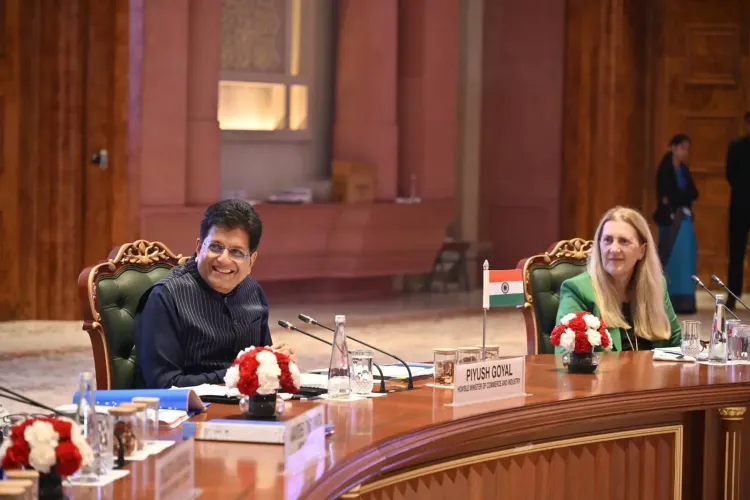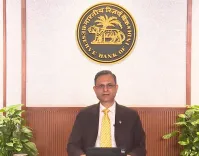Is the India-EFTA Trade Pact a Game Changer for Economic Ties with Europe?

Synopsis
Key Takeaways
- India-EFTA TEPA aims for $100 billion in investments.
- It will create one million direct jobs.
- Target sectors include clean energy and technology.
- The agreement symbolizes a trusted partnership.
- It enhances India's position as a global investment hub.
New Delhi, Oct 2 (NationPress) The India–EFTA Trade and Economic Partnership Agreement (TEPA), which has been enacted with an ambitious target of $100 billion in investments and the creation of one million direct jobs, heralds a pivotal moment in India's economic relations with Europe. This agreement signifies “a trusted partnership between friends” based on mutual respect and understanding.
The pact grants broader access to goods and services across Switzerland, Norway, Iceland, and Liechtenstein.
Commerce Minister Piyush Goyal emphasized that this is the first trade agreement to feature a firm investment commitment, thus balancing interests fairly among partners.
During an event, he pointed out that the combined population of the four EFTA nations is smaller than that of Mumbai alone, yet the partnership is fueled by the “big heart and tremendous potential” of the EFTA region.
Goyal highlighted the timely nature of the agreement, noting that its initiation on Navami, which coincides with Vijaya Dashami, symbolizes prosperity, clarity, and the triumph of good over evil.
He described TEPA as a beacon of stability amidst global trade volatility, underscoring the vast opportunities it opens in various sectors including life sciences, clean energy, precision engineering, and food processing. These sectors also encompass technology, artificial intelligence, nursing, education, audio-visual services, culture, tourism, recreation, and geothermal energy—where India aims to collaborate with Iceland; shipbuilding, repair, and container manufacturing with Norway; and innovation, R&D, and advanced manufacturing with Swiss and Liechtenstein firms.
The minister emphasized India's competitive edge in cost structures, noting that data costs in India are merely 3% of those in the US and less than 10% of the global average.
He remarked on the emergence of nearly 2,500 global capability centres in India that support Fortune 500 companies globally.
Recalling the legacy of Swiss companies like ABB and Nestle in India, he illustrated how India has not only provided a robust market base but has also evolved into a hub for global expansion.
He noted that the high price-to-earning ratios of companies like Nestlé India and ABB India reflect the immense potential and confidence in India's growth trajectory.
Inviting businesses from EFTA nations, Goyal assured them of India’s open, transparent, and investor-friendly climate, with 100% FDI permitted in nearly all sectors of interest.
He stressed that TEPA transcends mere tariff reductions or investment commitments; it aims to establish a stable, predictable, and trusted framework that enhances investor confidence and minimizes uncertainty, indicating that both India and EFTA are devoted to sustainable growth.
Commerce Secretary Rajesh Agrawal remarked that the operationalization of TEPA sends a strong message of collective wisdom and a commitment to enhancing free and fair trade.
He noted that this agreement signifies not just a trade arrangement but the dawn of a new era of shared growth, innovation, and prosperity. Highlighting India's rise as the world’s fourth-largest economy, poised to become the third, he affirmed that the investment commitments under TEPA reflect global confidence in the Indian narrative.









